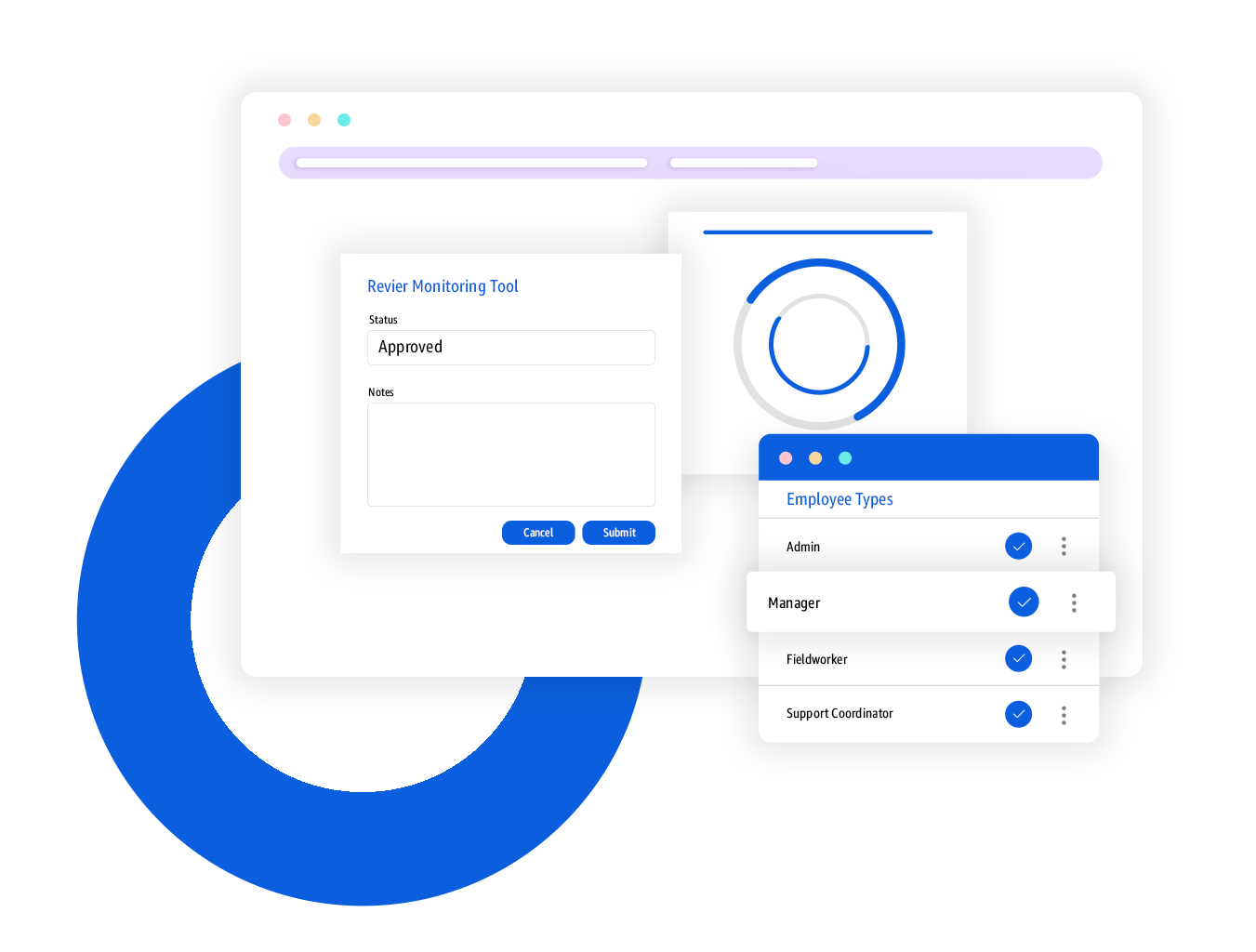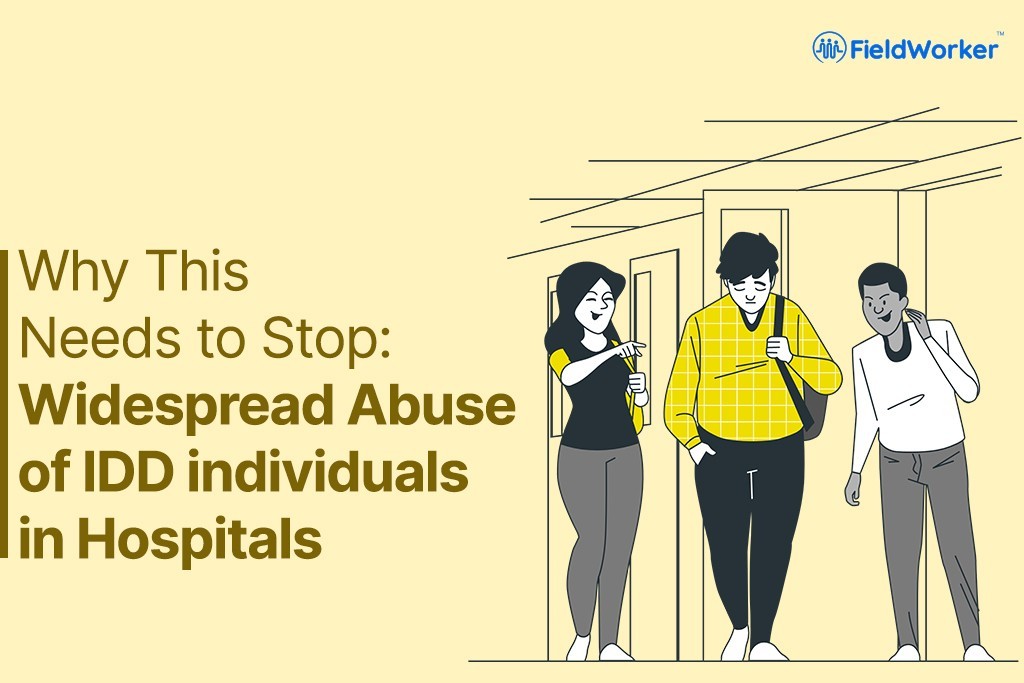It’s a tough topic to divulge but one cannot turn their head away and ignore it. Deny it or not, abuse and neglect can manifest themselves in various ways, ranging from overt physical and/or sexual assaults to bullying and emotional abuse, which are more difficult to prove but completely destroy a person’s dignity and sense of worth. Abuse is a broad term that encompasses any behavior that is:
- Unwanted.
- Intentionally causes harm to another person.
- Is demeaning or offensive.
- Makes another person fearful.
Physical violence, sexual abuse, molestation, and neglect are all common occurrences among people with disabilities. However, they are subjected to these abuses at a much higher rate.
Did you know that people with Intellectual developmental disabilities are also more likely to be victims of a variety of less common forms of abuse? An abuser may manipulate medications or deny access to assistive equipment and technology, including communications devices, to control behavior. In other instances, a personal care assistant may refuse to provide necessary assistance.
Unfortunately, in many cases, the vast majority of abusers are family members, relatives, caregivers, neighbors, classmates, educators, or staff members assigned to support the disabled person.
Important to note
As per a study, children with disabilities are three times more likely to be abused than their peers without disabilities, and children with intellectual and mental health disabilities are nearly 5 times more vulnerable to being sexually abused.
According to the United States Department of Health and Human Services, 11% of all child abuse victims in 2009 had a physical, cognitive, and/or behavioral disability. Children with disabilities are nearly twice as likely as children without disabilities to be physically or sexually abused or neglected.
Why does abuse occur with IDD individuals?
Intellectual developmental disability is defined by significant limitations in cognitive functioning and adaptive behavior that begin at a young age.
– Abusers may perceive them as weak, vulnerable, or less likely to report abuse, making them easy prey.
– People with disabilities are frequently isolated and reliant on a small circle of friends or caregivers for critical support, including essential physical needs assistance. These same caregivers are frequently the abusers, posing a difficult decision for the victim, who must choose between the possibility of further abuse and an uncertain future.
– Many live in institutional settings, such as group homes, where abuse can occur and go unnoticed. Furthermore, victims who are abused in groups may have limited access to police, advocates, medical or social service representatives, or others who can intervene and assist them.
– IDD individuals with limited communication abilities and/or cognitive disabilities may have difficulty effectively reporting abuse.
– Many people with disabilities are afraid that no one will believe them if they report abuse.
– Many victims have been verbally abused, resulting in low self-esteem and, in some cases, the belief that the abuse is somehow deserved.
Rightfully deserved but denied access to care
It’s downright unfair that IDD individuals are denied access to services or receive inequitable care and neglect. This marginalized group’s access to healthcare services is less than that of the general population — a fact that’s well-established with data. They have numerous unrecognized or unmet healthcare needs. We are just beginning to scratch the surface of this matter.
Related diseases:
Obesity is widespread in intellectually disabled people. They are five times more likely to suffer from diabetes, three times more likely to suffer from arthritis, and twice as likely to suffer from cardiovascular disease. These conditions have no apparent causal relationship to cognitive or intellectual disability, implying poor health behaviors.
Pandemic crisis:
In a study, IDD patients with Covid-19 had a higher mortality rate but were less likely to receive ICU care. This is a complex topic that requires additional research. Still, there are clear indications of health disparities in access, health outcomes, and even some healthcare disparities in the hospital setting.
Communicating needs:
For an IDD patient, the level of disability might also need consideration. For lower levels of disability patients, communicating their needs might be much easier. But it’ll be difficult for an IDD patient with more severe levels to convey the concerns or abuse.
For healthcare executives, it’s challenging to comprehend the needs of intellectually disabled individuals. They are distinct from the requirements of other types of disabilities, such as sensory and motor impairments. The bottom line is that this is a large, vulnerable community with high healthcare costs and particular needs.
What should patient-centered care look like for this population?
Patient-centered care for this population must consider the lives of IDD patients, which are frequently not independent. They may live in congregate care settings or be cared for by a family member or caregiver who assists them in navigating their lives.
- Much of the care for this population should be provided virtually, as it can be challenging to travel with an individual with intellectual disabilities. Going to an appointment, sitting in a waiting room, or waiting for a physician or advanced practice provider, can be difficult from a behavioral standpoint.
These are difficult situations for people who lack typical behavioral control and have an intellectual disability. Extending virtual care to this population is a real possibility in this digital world. And to provide that care to them and their caregivers and the specialists with whom they collaborate.
- One of the other challenges with the care is that there’s a shortage of adult IDD specialists compared to those for children. As intellectually disabled patients age, there’s an increasing need for physicians who understand and are trained in working with this patient population.
- Few specialists are trained in providing care to these individuals with special needs. In care coordination, there’s also a significant need for wraparound services with this population.
Propelling toward the next level of care
It’s important to consider designing patient and family-centered care by including this community to meet the needs and concerns.
Incorporating intellectually disabled people, their family members, or both into your patient- and family-centered care advisory groups is possible. This will make the system more patient friendly.
It’s essential to strategically design safe and accessible care for people who don’t have specific abilities through simple implementations of virtual communication and involving them in the advisory committee. And this will genuinely propel us to the next level of care delivery in general.

